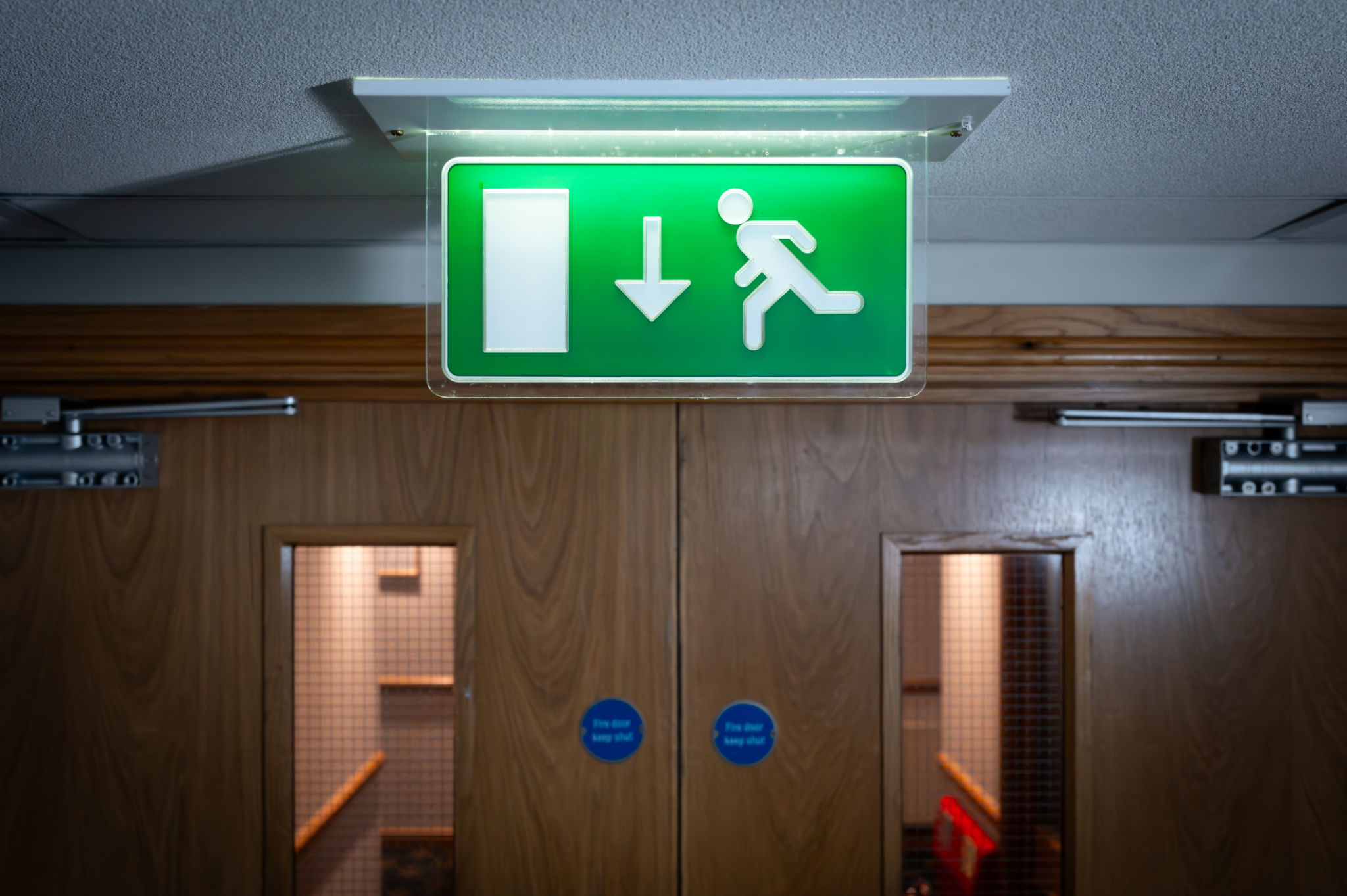What Are the Legal Requirements for Fire Escapes in NJ? A Detailed Overview
Understanding Fire Escape Regulations in New Jersey
Fire safety is a critical concern for any building, and fire escapes play a vital role in ensuring the safety of occupants. In New Jersey, specific legal requirements must be met to ensure that fire escapes are effective and compliant with state regulations. Understanding these requirements can help property owners and managers maintain safety and avoid potential legal issues.

Building Code Compliance
The New Jersey Uniform Construction Code outlines the standards for fire escapes in both residential and commercial buildings. Compliance with this code is mandatory for any new construction or major renovation projects. The code specifies the materials, design, and installation practices that must be followed to ensure that fire escapes are safe and functional.
Key aspects of the code include the dimensions of stairs and landings, the strength and durability of materials used, and the accessibility of escape routes. Ensuring that these standards are met is crucial for the safety of building occupants.
Inspection and Maintenance
Regular inspection and maintenance of fire escapes are legally required in New Jersey. Building owners must ensure that fire escapes are free of rust, structural damage, and obstructions. Inspections should be conducted annually by a qualified professional to identify any potential hazards that might compromise the escape route.

Maintenance activities may include repairing damaged components, repainting to prevent rust, and ensuring that pathways to the fire escape are clear and accessible at all times. Proper maintenance not only ensures compliance but also enhances the safety of occupants.
Accessibility Standards
Fire escapes must be accessible to all building occupants, including those with disabilities. This requirement is in line with the Americans with Disabilities Act (ADA) standards, which aim to provide equal access to emergency exits for everyone. Modifications may be necessary to accommodate persons with mobility challenges, such as installing ramps or modifying stair designs.

Emergency Planning and Signage
An effective emergency evacuation plan is essential for any building equipped with a fire escape. This plan should include clear instructions on how to use the fire escape during an emergency, as well as designated meeting points outside the building. Regular fire drills are recommended to ensure that all occupants are familiar with evacuation procedures.
Additionally, proper signage must be installed to guide occupants to fire escapes quickly and efficiently. Signs should be visible, illuminated, and clearly indicate the direction of the fire escape route.
Legal Consequences of Non-Compliance
Failing to comply with New Jersey's fire escape regulations can have serious legal consequences. Building owners may face fines, legal action, or other penalties if their fire escapes do not meet the required standards. More importantly, non-compliance puts lives at risk in the event of a fire.
To avoid these risks, building owners should stay informed about current regulations and seek professional guidance when necessary. This proactive approach helps ensure that all safety measures are in place and that the property remains compliant with legal requirements.

